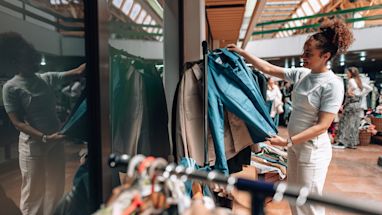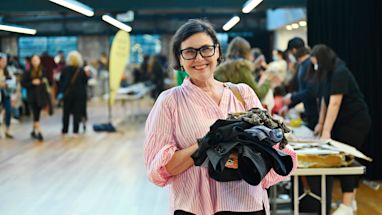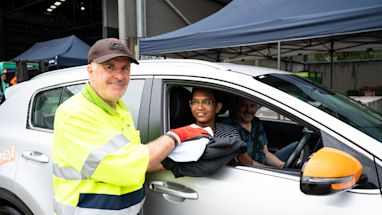Common snake-necked turtle, Chelodina longicollis
Sydney has a surprising variety of plants and animals. After it rains, you might be lucky to find these turtles up on land. From October to December female eastern long-necked turtles emerge from their watery homes to nest. They can travel more than 500m from the water to find a suitable nesting site. The female will dig a shallow nest in the banks of rivers, creeks, lakes and ponds, laying around 8 to 24 eggs.
Blue banded bee, Amegilla sp.
Look out for the blue and black banding on their abdomen. Around 11mm in length, these bees live alone in a single shallow burrow nest in clay soil or even mudbricks or soft building mortar. They’ve adapted so well to life in the city that they visit exotic plants like basil for pollen.

Green and golden bell frog, Ranoidea aurea
These large frogs, up to 8.5cm in length, used to be quite a common sight in our local area but now they’re only found in a few locations and numbers are low. They are listed as endangered in NSW. Sometimes you can spot them basking in the sun, which is uncommon behaviour for Australian frogs.
Wonga wonga vine, Pandorea pandorana
A large woody climber or scrambler that has been planted in many parks, especially along fences. Wonga wonga vine was originally found in coastal rainforest or in moist gullies in sclerophyll forest and woodland, frequently in rocky sites. Your best bet for finding them is Sydney Park and along Orphan School Creek.
Eggs and bacon plant, Dillwynia sp.
These small erect shrubs have linear, needle-shaped leaves and yellow or red and yellow flowers. You’ll find them in heath or dry sclerophyll forest, especially where there’s sandstone. We’ve put egg and bacon plant in many of our parks where we’re restoring the natural bush habitat.
Maidenhair fern, Adiantum sp.
This fern thrives in dark and damp locations, along creeks and in rocky crevices and walls. Its fronds are typically 20 to 50 cm in length. It’s easy to find especially in Glebe and Pyrmont.
Published 6 September 2022, updated 23 December 2022



